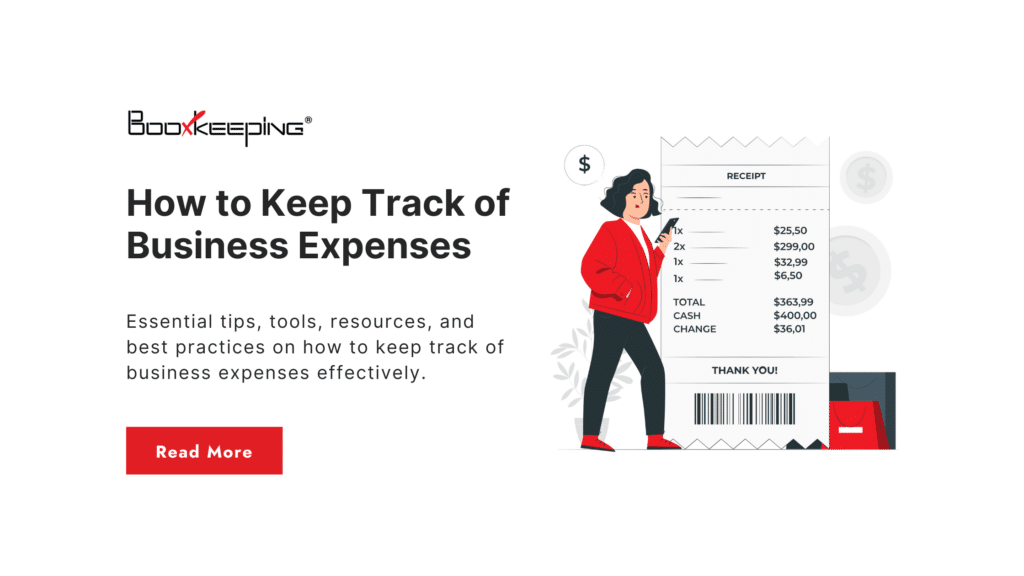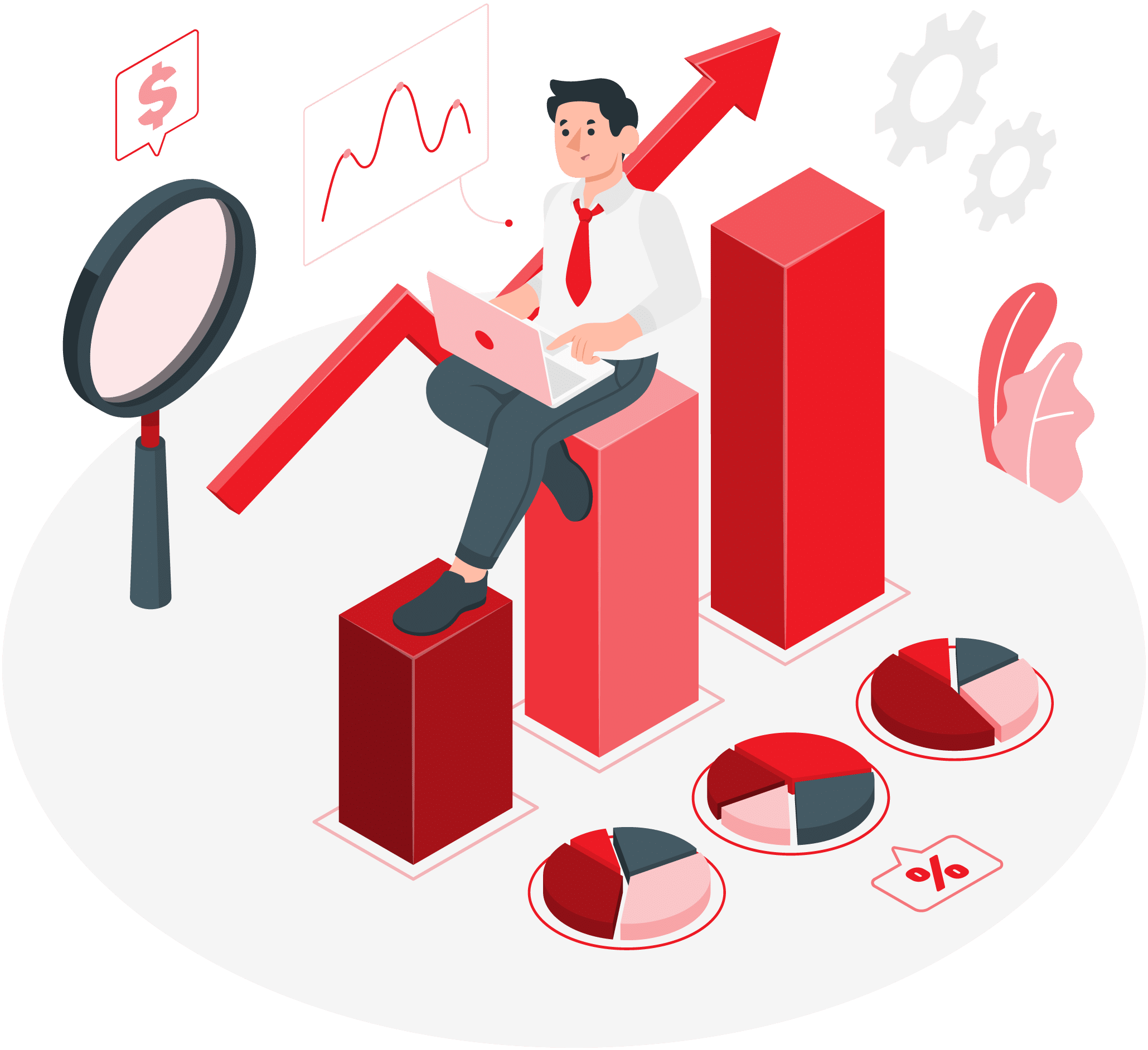Smart business owners understand that mixing personal and business finances creates chaos. When your personal coffee run gets tangled with legitimate business meals, or when your home internet bill includes charges for business use, you’re setting yourself up for accounting nightmares, tax complications, and potential legal issues.
Knowing how to separate personal and business expenses isn’t just good practice—it’s essential for maintaining clean financial records, maximizing tax deductions, and protecting your business structure. Whether you’re a sole proprietor just starting out or running an established LLC, clear expense separation forms the foundation of sound financial management.
This guide walks you through practical methods for keeping your expenses organized, introduces helpful tools that automate the process, and highlights common mistakes that could cost you money. By the end, you’ll have a clear roadmap for establishing expense separation systems that work for your business.
Why Separate Personal and Business Expenses?
Tax Benefits and Deduction Maximization
The IRS allows businesses to deduct legitimate business expenses, but only when you can prove these costs were purely for business purposes. Mixed expenses create gray areas that auditors scrutinize closely. When you separate business expenses clearly, you can confidently claim deductions for office supplies, business travel, professional development, and equipment purchases.
Consider this scenario: You use your personal credit card for both grocery shopping and business lunches. During tax season, you’ll spend hours combing through statements to identify which restaurant charges qualify as business meals. Clear separation eliminates this tedious process and reduces the risk of missing valuable deductions.
Legal Protection and Liability Shields
Business structures like LLCs and corporations provide personal asset protection, but this shield weakens when you commingle personal and business finances. Courts may “pierce the corporate veil” if they determine you haven’t maintained proper separation between personal and business affairs.
Maintaining separate business expenses demonstrates that you treat your business as a distinct legal entity. This separation helps protect your personal assets from business liabilities and maintains the integrity of your chosen business structure.
Accurate Financial Reporting and Business Insights
Clean expense tracking enables accurate financial reporting, which drives better business decisions. When personal expenses cloud your business financial statements, you lose visibility into actual business performance metrics like profit margins, cash flow patterns, and departmental spending.
Proper expense separation also simplifies the process of preparing financial statements for lenders, investors, or potential buyers. Banks reviewing loan applications want to see clear business financials without personal expenses muddying the waters.
Practical Methods for Expense Separation
Dedicated Business Banking
Opening a separate business checking account represents the first and most crucial step in separating personal and business expenses. Use this account exclusively for business income and expenses—no exceptions.
Choose a business account that offers features aligned with your needs. Many banks provide business accounts with enhanced reporting tools, higher transaction limits, and integration capabilities with accounting software. Some accounts even categorize transactions automatically, making expense tracking easier.
Set up automatic transfers from your business account to your personal account for owner draws or salary payments. This creates a clear paper trail showing how business profits flow to personal income.
Business Credit Cards and Payment Methods
Apply for a dedicated business credit card to handle business purchases. Business credit cards often provide better expense categorization, higher credit limits, and rewards programs tailored to business spending patterns.
Many business credit cards integrate directly with popular accounting software, automatically importing and categorizing transactions. This integration significantly reduces manual data entry while improving accuracy.
For businesses that frequently make small purchases, consider prepaid business debit cards for specific categories like office supplies or travel expenses. This approach creates natural spending limits while maintaining clear separation.
Receipt and Documentation Systems
Implement a consistent system for capturing and storing business receipts. Digital receipt scanning apps like Receipt Bank or Shoeboxed can photograph receipts instantly and store them in organized digital folders.
Create standardized documentation for mixed-use expenses. If you use your home internet for business purposes, document the business percentage and maintain consistent calculations across all relevant expenses.
For vehicle expenses, maintain detailed mileage logs when using personal vehicles for business travel. Track date, destination, business purpose, and miles traveled for each trip.
Tools and Apps to Track Business Expenses

Cloud-Based Accounting Software
Modern accounting platforms, such as QuickBooks Online, Xero, and FreshBooks, excel at expense categorization and reporting. These platforms connect directly to bank accounts and credit cards, automatically importing transactions and suggesting appropriate categories based on merchant information.
Most accounting software includes mobile apps that allow you to photograph receipts on the go. The apps use optical character recognition to extract key information like merchant name, date, and amount, then attach the receipt image to the corresponding transaction.
Expense Management Platforms
Dedicated expense management tools, such as Expensify, Concur, and Receipt Bank, focus specifically on expense tracking and reporting. These platforms offer advanced features, including GPS tracking for mileage, automatic receipt scanning, and approval workflows, which are particularly beneficial for larger organizations.
Many expense management platforms integrate with popular accounting software, creating seamless data flow from expense capture to financial reporting.
Banking Tools and Features
Several banks now offer enhanced business banking platforms with built-in expense categorization and reporting features. Bank of America’s CashPro and Chase’s Business Complete Banking include tools for automatic transaction categorization and custom reporting.
These integrated banking solutions eliminate the need for separate expense tracking tools while providing real-time visibility into spending patterns across different business categories.
Mobile Receipt Apps
Simple receipt scanning apps like Genius Scan, CamScanner, or Adobe Scan provide basic receipt digitization capabilities. While these apps don’t offer advanced expense categorization, they create organized digital archives of business receipts that integrate with most accounting systems.
Common Mistakes When Separating Expenses
The “I’ll Sort It Later” Trap
Many business owners fall into the habit of using personal accounts for urgent business purchases with the intention to reimburse themselves later. This approach creates confusion and often results in missed reimbursements or improperly categorized expenses.
Instead of relying on future sorting, establish clear protocols for handling urgent business expenses. Keep business credit cards easily accessible, or maintain a petty cash system for small, unexpected purchases.
Inconsistent Categorization
Using different category names for similar expenses creates reporting inconsistencies and makes financial analysis difficult. Establish a standard chart of accounts early in your business operations and stick to these categories consistently.
Review and update your categorization system annually to ensure it still reflects your current business operations. Growing businesses often need additional categories as they expand into new areas or add new expense types.
Ignoring Mixed-Use Expenses
Home-based businesses frequently struggle with expenses that serve both personal and business purposes. Utilities, internet service, and vehicle expenses often fall into this category.
Document the business percentage for each mixed-use expense and apply this percentage consistently. For example, if your home office occupies 20% of your home’s square footage, you can typically deduct 20% of utilities, mortgage interest, and property taxes as business expenses.
Poor Documentation Practices
Failing to maintain adequate documentation for business expenses can result in rejected deductions during tax audits. The IRS requires proper documentation showing the business purpose, amount, date, and parties involved for each deductible expense.
Create standardized documentation templates for different expense types. Business meals require additional documentation, including the business purpose and attendees, while travel expenses need itineraries and business justification.
Building Better Financial Habits for Your Business
Separating personal and business expenses requires discipline and consistent systems, but the benefits far outweigh the initial setup effort. Clean expense separation improves tax preparation, strengthens legal protections, and provides clear insights into business performance.
Start with the basics: open a dedicated business bank account and apply for a business credit card. Then implement simple systems for receipt capture and expense categorization. As these habits become routine, consider upgrading to more sophisticated accounting software that automates much of the tracking process.
Remember that expense separation isn’t just about compliance—it’s about building a sustainable financial foundation that supports business growth and decision-making. The time you invest in proper expense separation systems pays dividends through reduced accounting costs, maximized tax deductions, and clearer business insights.

